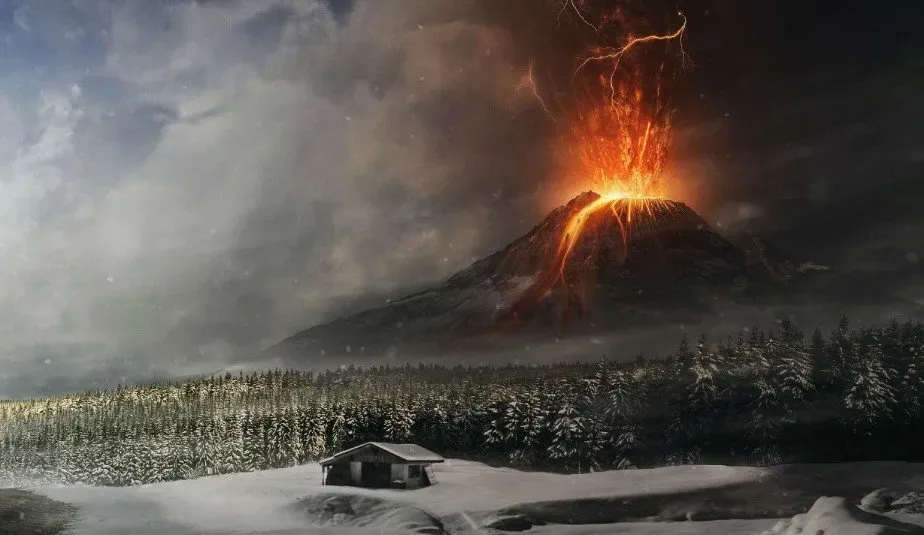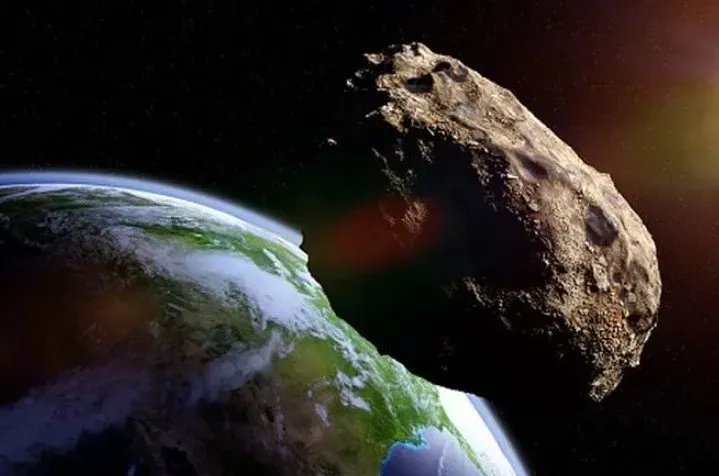Even if we manage to avoid self-destruction by another world war or climate change, there are many more existential threats for which we would do well to prepare.
Most often you can hear that an asteroid will fly to us from space, so humanity began to prepare for this event by developing monitoring systems, because we do not want to end up like dinosaurs.
But in a recent study published in Nature, experts say the asteroid hazard has overshadowed one that is much more likely: “Over the next century, large-scale volcanic eruptions are hundreds of times more likely than asteroid and comet impacts combined”.
Governments and space corporations spend hundreds of millions of dollars annually on planetary defense. For example, the NASA DART mission, aimed at testing the technology of changing the orbit of an asteroid, which will happen as early as October, cost about $330 million.
It’s a small price to pay considering this technology could save us from being killed by an asteroid in the future, but scientists see the problem that there is no comparable investment to prepare for super-eruptions.
Volcanoes, unlike asteroids, are already here on Earth. They are not just scattered all over the planet, but often surrounded by picturesque landscapes that hide their destructive potential.
According to the US Geological Survey, the last supereruption occurred about 22,000 years ago, and their frequency averages about every 15,000 years, which means that we may well live at a time when a new supereruption can occur.
The last sufficiently strong eruption, falling short of receiving the prefix “super”, with a magnitude of 7, occurred in 1815 on Mount Tambora in Indonesia.
About 100,000 people died then, and the ash and dust thrown into the atmosphere lowered global temperatures by an average of about 1 degree Celsius, which is why the next year went down in history as the “Year without a summer”, followed by crop failures and, as a consequence, famine, outbreaks of disease and violence.
Yes, monitoring of volcanic activity has improved since then, as has our ability to mobilize global support for disaster relief, but that may (most likely will) not be enough to offset all the risks we now face.
he world’s population has increased eightfold since the early 1800s, and some large urban areas flourished near dangerous volcanoes.
The globalization of various processes, including trade, has led to overall development, but can become a problem, as shocks in one part of the planet can cause food shortages and other crises in others.
In a 2021 study based on ancient ice core data, researchers found that the intervals between powerful eruptions are hundreds or even thousands of years shorter than previously thought.
More such studies, experts believe, are needed, as well as interdisciplinary work aimed at developing tools for monitoring and predicting consequences by identifying risks for trade, agriculture, energy and infrastructure, as well as warning.
In general, scientists believe that humanity today is completely unprepared for this danger.


